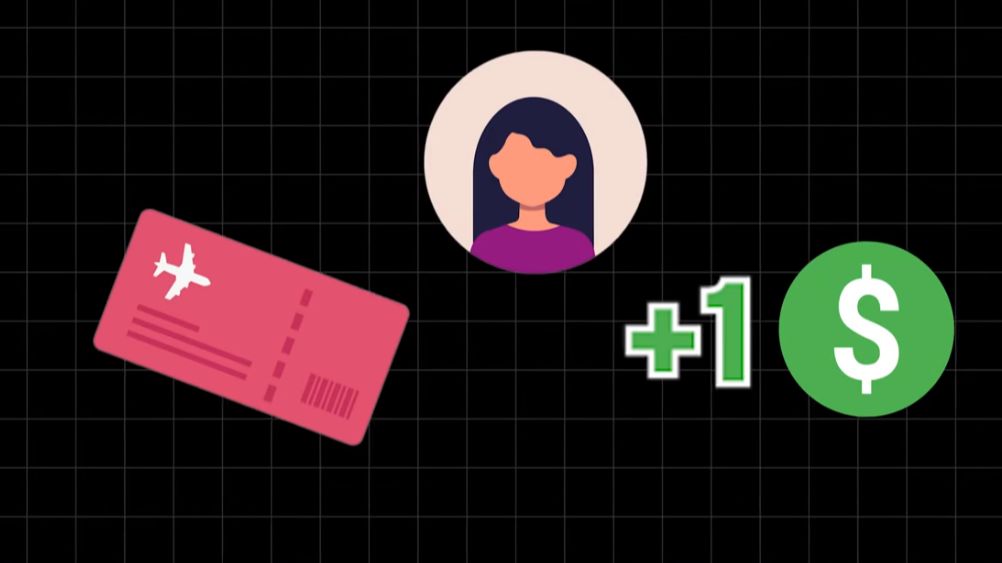Recently, according to Mr. Dang Anh Tuan, Deputy General Director of Vietnam Airlines, despite the fact that airfares have increased by 15% to 20%, airlines are only making about 1 USD profit per passenger. Mr. Tuan explained that the significant increase in fuel costs, aircraft equipment, and other expenses has seriously affected the airlines' profits. Specifically, fuel costs have increased from 76 to 77% with the price of gasoline increasing by an additional 5,700 billion dong compared to 2019. In addition, exchange rate fluctuations have increased by an additional 4,700 billion dong, bringing the total cost increase to about 11,000 billion dong. These numbers show a huge financial burden that airlines have to bear.
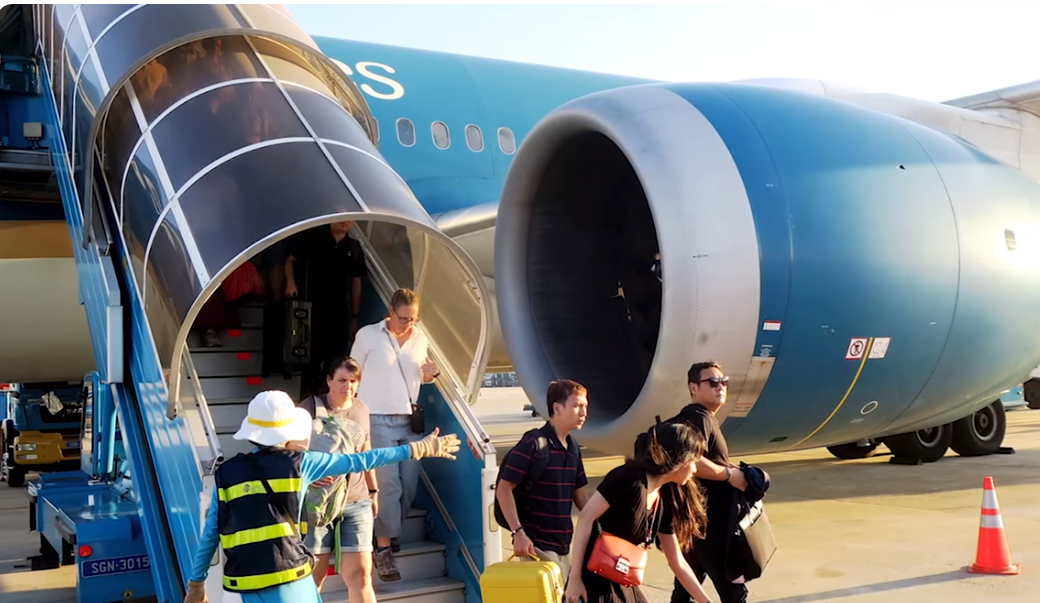
Furthermore, political conflicts and disruptions in the supply chain have also led to many issues and costs for airlines. Aircraft maintenance time has increased from 150 days to 200 to 300 days, and in some cases up to 1 to 1.5 years, resulting in high operating costs. Renting aircraft has also become more difficult as rental prices have doubled from 3,000 USD per hour to 4,000 to 5,000 USD per hour. Mr. Tuan mentioned that despite the increase in airfares globally, airlines in Vietnam are only making about 1 USD profit per passenger. This means that in the face of unfavorable weather conditions such as thunderstorms, this slim profit margin could easily turn into a loss. This is a concerning reality for airlines, as they have to deal with many difficulties in maintaining operations and providing the best services to customers.
On the other hand, a grim fact is that there are many concerns for consumers and the tourism industry, for example, the cost of purchasing air tickets for a family of four on weekends can double. Specifically, a flight from Hanoi to Da Nang in June costs from 1.9 to 2.5 million dong one way, making the round-trip cost for the whole family around 18 million dong. Ms. Trang in Ho Chi Minh City also noticed that domestic airfares in Thailand are much cheaper than in Vietnam, with tickets from Bangkok to Phuket costing only 900 to 1.2 million dong. The high airfare prices have greatly affected the domestic travel plans of many people.
Mr. Nguyen Huu Y Yen, Chairman of the Board of Directors at a travel company, stated that airfares currently account for about 50% of the total price of a tour, which not only reduces the number of tourists but also has a negative impact on the domestic tourism industry, as other costs such as food and accommodation cannot offset the high airfare prices. However, many consumers and experts have questioned the authenticity of this $1 profit per passenger figure if airlines are truly only making $1 profit per passenger. How can they sustain operations and grow? In reality, airlines sometimes have to operate at a loss to maintain market share and competitiveness.
If it is true that they only make $1 profit per passenger, how can airlines operate for such a long time, even if it's just $1.
But if we understand it from the airlines' perspective, everyone will understand the daily users of this service, namely the people, especially when the service does not justify the high prices. With high airfares and little improvement in services, passengers sometimes have to endure delays or cancellations despite paying high prices for tickets. Airlines need to improve their services rather than just raising ticket prices to offset costs. Another issue raised is that high surcharges and taxes have contributed to the increase in domestic airfares. The problem lies in the excessively high airport rental fees, where the airfare from Hanoi to Da Nang is only 300,000 dong, but the tax fee is nearly 700,000 dong. This has left many passengers frustrated as they have to pay a fee that is much higher than the original ticket price.
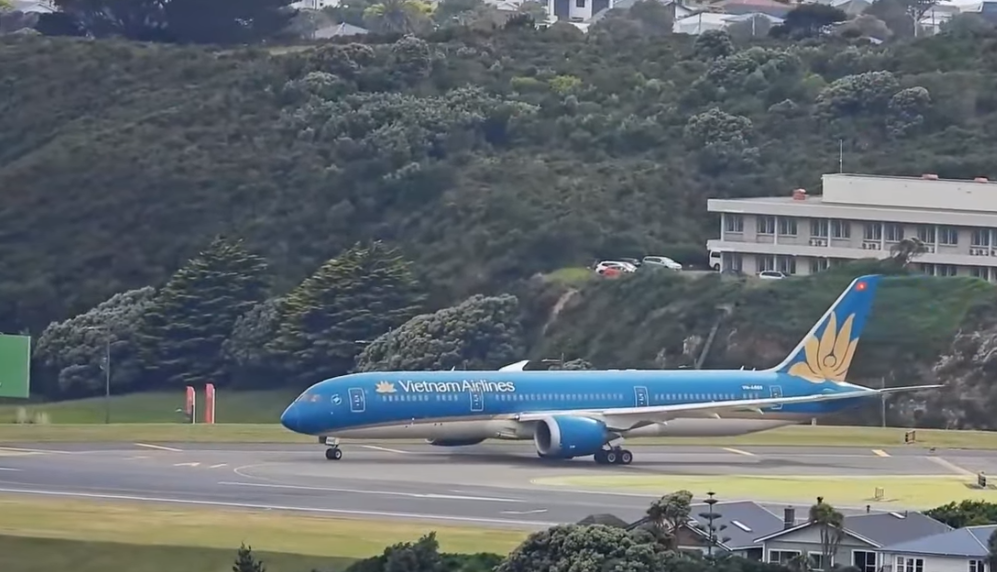
When customers abandon these tax fees, they are still deducted, adding to the financial burden on consumers. The Vietnamese aviation market is criticized for lacking competitiveness, which has significantly contributed to the increase in domestic airfares. In fact, there are only three or four airlines operating primarily in the market, with Viet Nam Airlines and Vietjet holding up to 90% market share. The dominance of these two major airlines has created a business environment lacking strong competition, making it difficult for small and new airlines to enter the market.
The lack of competition not only affects airfares but also impacts service quality, as without many competitive rivals, large airlines are not under pressure to improve services to retain customers. This leads to situations where passengers have to endure delays, cancellations, and inadequate service despite the high ticket prices. Another reason for the lack of competitiveness in the Vietnamese aviation market is the barriers in regulations and policies that restrict the leasing of additional aircraft, especially wet leases that include both pilots and flight attendants, limiting the ability of small airlines to expand and enhance their capabilities to compete with larger airlines.
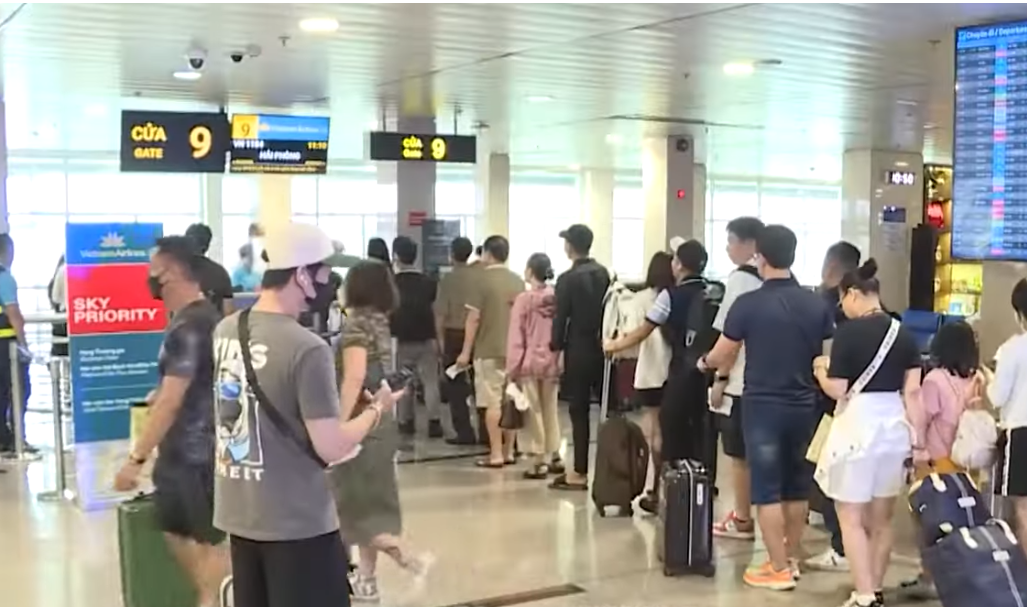
Furthermore, the costs related to takeoff and landing operations are also very high, adding to the financial burden for new airlines. Additionally, high surcharges and taxes are also a factor that reduces competitiveness. Domestic airfares in Vietnam not only include the base fare but also many additional fees. This makes the total airfare higher than in neighboring countries, reducing the attractiveness of the Vietnamese aviation market for both tourists and investors.
To better understand this issue, let's look at the aviation market in Thailand.
Thailand has 8 to 12 airlines operating, creating a fiercely competitive environment. For example, domestic flights from Bangkok to Phuket cost only 900 to 1.2 million dong, much cheaper than domestic airfares in Vietnam. This competition forces Thai airlines to continuously improve services and adjust ticket prices to attract customers. Another example is Malaysia, where there are many airlines such as AirAsia, Malaysia Airlines, and Malindo Air. These airlines offer many options for reasonable ticket prices and diverse services, for example, fares from Kuala Lumpur to Penang are only 500,000 to 1 million dong, much lower than domestic airfares in Vietnam.
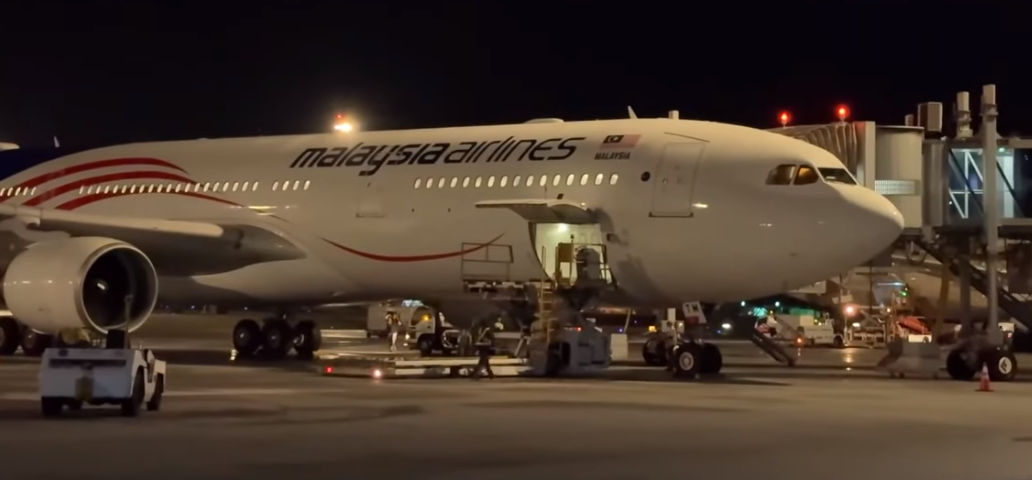
Intense competition forces Malaysian airlines to constantly improve service quality and adjust ticket prices to attract customers. AirAsia, a well-known low-cost airline, has succeeded in keeping ticket prices low by optimizing operating costs and offering additional services. This not only helps customers save costs but also creates a dynamic and flexible aviation market. Malaysia Airlines and Malindo Air also continue to improve service quality and launch many promotional programs to compete. The diversity and competition in the Malaysian aviation market are a clear example that when there are many airlines participating and competing healthily, consumers will benefit from reasonable ticket prices and better services. This is what the Vietnamese aviation market needs to aim for to improve the current situation.
One solution to increase competitiveness in the Vietnamese aviation market is to open policies for private and foreign airlines, creating a healthy competitive environment that forces existing airlines to improve service quality and adjust ticket prices more reasonably. Healthy competition will also bring many benefits to consumers, giving them more choices and better services at affordable prices.
To achieve this, support from government agencies is needed, including reducing legal barriers and adjusting tax policies reasonably.
Only with proper intervention and support can the Vietnamese aviation market develop sustainably and become more competitive, benefiting both passengers and businesses in the industry. The fact that Vietnamese airlines only make a $1 profit per passenger has sparked much debate, especially when people still have to bear high fees for each domestic flight. Although airlines explain that the main reasons for the high airfares are the increased fuel and aircraft equipment costs, the continuously high fees imposed on consumers are causing significant dissatisfaction. With domestic airfares higher than many international flights, more and more Vietnamese people are choosing to travel abroad where they can receive better services at equivalent or lower costs.
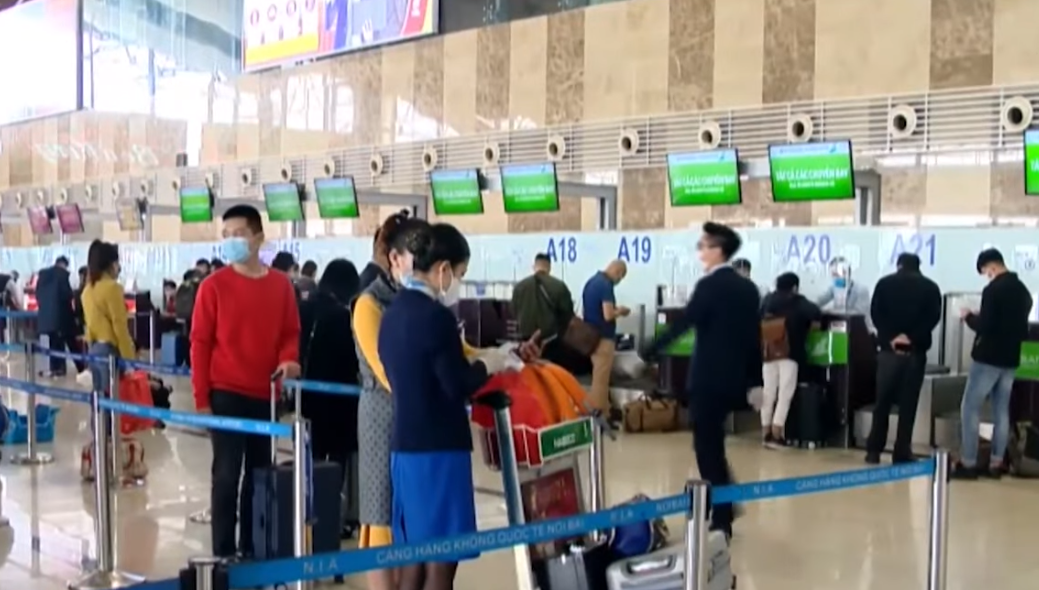
If this situation continues, the risk of losing domestic tourists will increase. This is not just an issue for the aviation industry but also has a profound impact on the entire tourism industry in Vietnam; domestic tourist destinations, hotels, restaurants, and related services will suffer significant losses as people decide to spend on international travel instead of exploring their homeland. This poses a major challenge to the sustainable development of the tourism industry in Vietnam.
The question is how to prevent the aviation and domestic tourism industries from being neglected? Consumers are losing trust as they have to pay too much for domestic flights with no improvement in services. Without fundamental changes from pricing policies to service quality, the trend of people shifting towards international travel will continue to rise. This is a pressing issue that needs to be seriously considered by regulators and airlines to prevent the loss of customers to foreign tourism markets.
